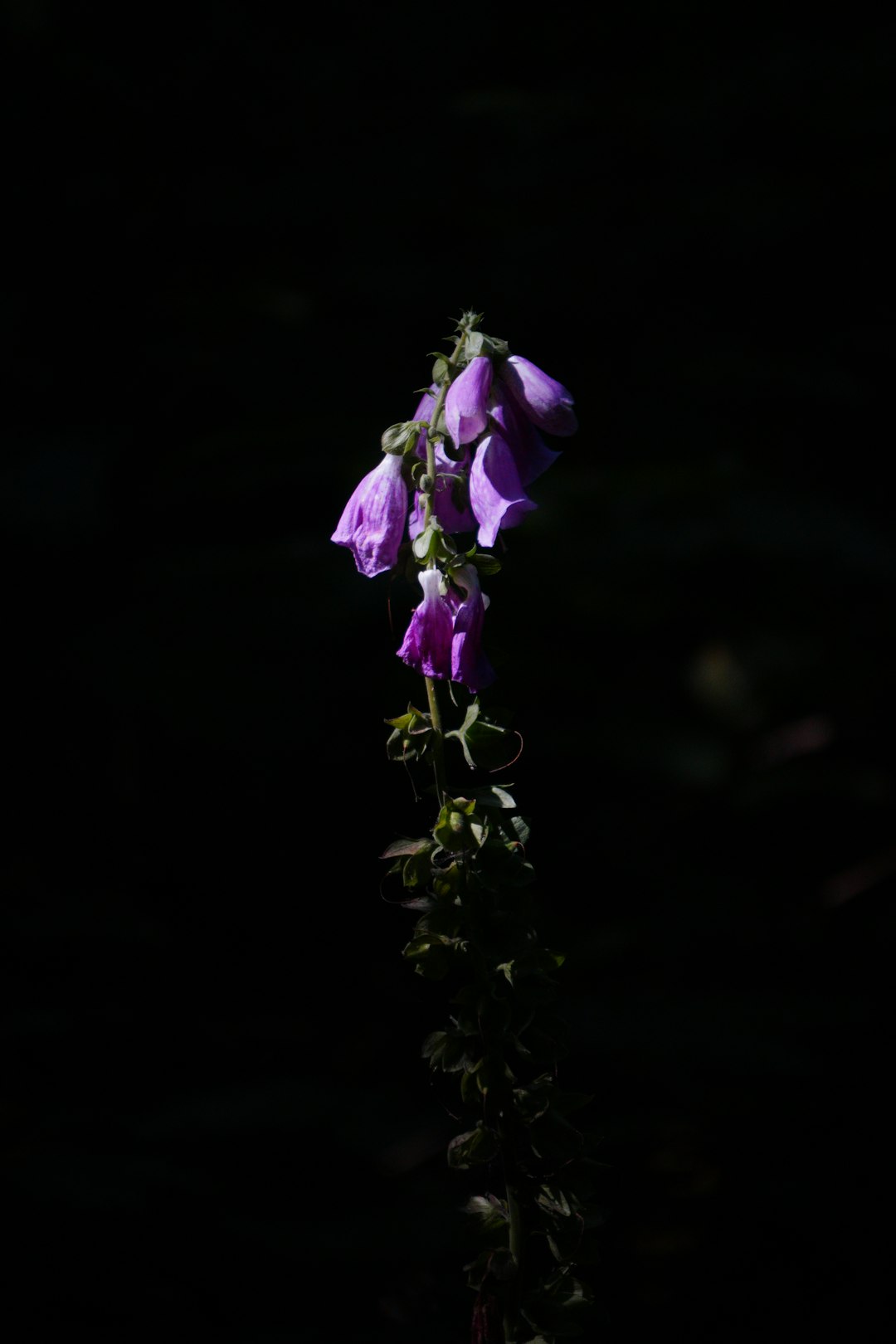Unveiling the Magic of Minimalist Garden Design

In the realm of garden design, the modern landscape style is making waves with its “less is more” philosophy. This minimalist approach offers a refreshing departure from the often elaborate and cluttered traditional gardens, presenting a clean, serene, and sophisticated aesthetic. If you're eager to transform your yard into a haven of modern minimalism, here are some expert tips to guide you on your journey.
### Understanding the Core Principles of Minimalist Garden Design
At the heart of minimalist garden design lies simplicity. It's about stripping away the excess and focusing on the essentials. This means using a limited color palette, a small number of plant species, and clean lines. The goal is to create a space that feels open, uncluttered, and harmonious.
One of the key aspects of minimalism is the use of negative space. Negative space refers to the empty areas in your garden. It provides a sense of balance and allows the eye to rest. By incorporating large areas of negative space, you can create a feeling of tranquility and spaciousness.
### Selecting the Right Plants
When it comes to plants in a minimalist garden, quality trumps quantity. Choose a few plant species that have strong architectural forms and interesting textures. Succulents, for example, are a popular choice in minimalist gardens due to their unique shapes and low maintenance requirements. Grasses are another great option, as they add movement and softness to the otherwise rigid lines of the design.
Stick to a limited color palette, preferably one that is monochromatic or features a few complementary colors. For instance, a combination of green, white, and gray can create a sophisticated and calming effect. Avoid using too many bright or contrasting colors, as they can disrupt the minimalist aesthetic.
### Designing with Hardscaping
Hardscaping plays a crucial role in minimalist garden design. It includes elements such as pathways, patios, and retaining walls. Use materials that have a clean and simple appearance, such as concrete, stone, or wood. Avoid using overly ornate or decorative materials, as they can detract from the minimalist look.
Create clean lines and geometric shapes in your hardscaping. Straight pathways and rectangular patios are classic choices in minimalist design. You can also incorporate water features, such as a simple reflecting pool or a small fountain, to add a sense of tranquility and movement to the space.
### Lighting for Ambiance
Proper lighting can enhance the beauty and functionality of your minimalist garden. Use a combination of ambient, task, and accent lighting to create a layered effect. Ambient lighting, such as overhead lights or solar-powered path lights, provides general illumination. Task lighting, such as spotlights for reading or cooking areas, ensures that you can perform specific activities in the garden. Accent lighting, such as uplights on trees or sculptures, adds drama and highlights the key features of your garden.
Choose lighting fixtures that have a simple and modern design. Avoid using overly decorative or flashy lights, as they can clash with the minimalist aesthetic. LED lights are a great option, as they are energy-efficient and long-lasting.
### Maintenance and Sustainability
One of the advantages of a minimalist garden is its low maintenance requirements. Since you're using a limited number of plant species and simple hardscaping elements, there's less pruning, weeding, and watering to do. However, it's still important to keep your garden in good condition. Regularly remove dead leaves and debris, and trim any overgrown plants.
Consider incorporating sustainable practices into your garden design. Use native plants, as they are adapted to the local climate and require less water and maintenance. Install a rainwater harvesting system to collect and reuse rainwater for watering your plants. You can also use organic fertilizers and pesticides to minimize the environmental impact of your garden.
In conclusion, creating a minimalist garden is a rewarding endeavor that allows you to express your creativity and enjoy a peaceful outdoor space. By following these expert tips, you can achieve a modern landscape design that is both beautiful and functional. Remember, the key to minimalist garden design is to keep it simple, focus on the essentials, and embrace the beauty of negative space.